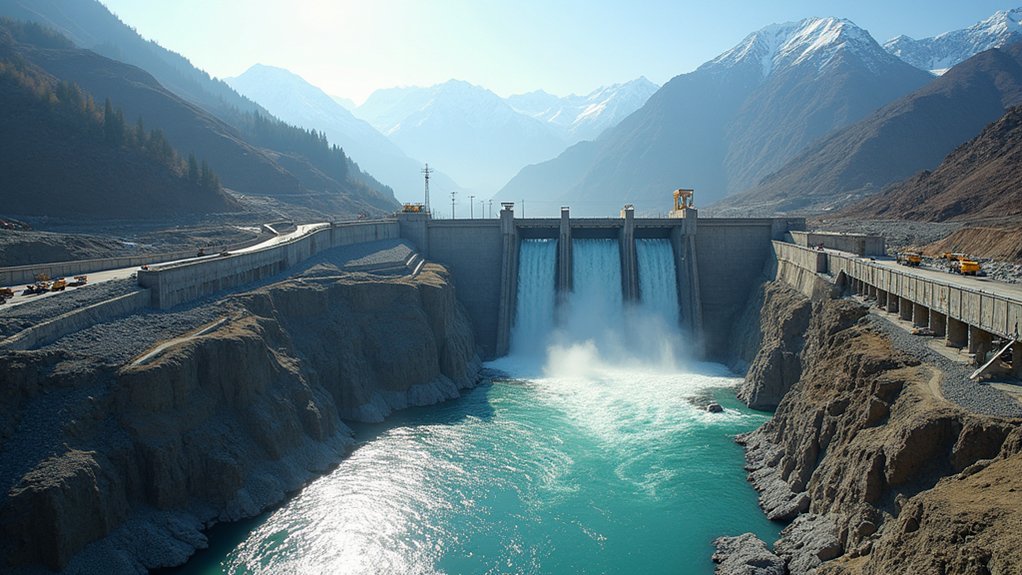When the National Weather Service in Fairbanks issued its first-ever Heat Advisory in June 2025, locals couldn’t decide whether to laugh or cry. The mercury was set to hit 85°F, triggering Alaska’s newest weather protocol. For a city where mid-June typically hovers around 65-70°F, this wasn’t just warm. It was bizarre.
The advisory marked a watershed moment for the 30,000 residents who’ve never seen such an alert before. Until June 2, 2025, Fairbanks couldn’t even issue Heat Advisories. They had to make do with Special Weather Statements, like some meteorological second-class citizen. Now they’re playing by the same rules as Phoenix and Miami. Progress, right?
The 85°F threshold might sound laughable to someone in Texas, but context matters. This temperature sits 15-20°F above what Fairbanks considers normal for June. The city’s all-time record remains 96°F from 1969, but nobody expected to flirt with anything close in early summer. Peak temperatures usually hit 74°F in July, then it’s a quick slide toward winter.
Fairbanks’ inland location makes it particularly vulnerable to these heat surges. No ocean breeze to bail them out. Just hot, stagnant air and the looming threat of wildfires. The lack of maritime influence means when it gets hot, it stays hot. Several consecutive days of 85°F were forecast, turning the city into an unlikely sauna. The pattern aligns with scientists’ warnings about approaching critical tipping points in our climate system. Meanwhile, coastal cities like Anchorage and Juneau rarely meet the criteria for advisories thanks to the North Pacific’s cooling effect.
The policy shift allowing Heat Advisories varies across Alaska. Some coastal areas can trigger alerts at just 75°F. Fairbanks needs 85°F because apparently, they’re tougher. Or maybe just more stubborn.
Residents faced a new reality: hunting for air conditioning in a city where it’s rarely needed, worrying about heat stroke, and watching for wildfire smoke. Only 7% of households in Alaska have adequate air conditioning, leaving most people to swelter through the unprecedented heat. Infrastructure designed for -40°F winters suddenly had to cope with sustained heat. Public officials scrambled to issue warnings about hydration and heat safety to a population more familiar with frostbite prevention.
The advisory represented more than just hot weather. It signaled a shift in what constitutes “normal” for a subarctic city learning to adapt to an increasingly unpredictable climate.
References
- https://www.foxweather.com/weather-news/alaska-first-heat-advisory-fairbanks
- https://www.ainvest.com/news/national-weather-service-issues-alaska-heat-advisory-2506/
- https://physics.indiana.edu/~hake/GISME-5t-Part1.pdf
- https://www.airuniversity.af.edu/Portals/10/AFCLC/07. Media/Arctic Research/Gender Roles in the Arctic Region Report_v08a – 8 March 2025_Final.pdf?ver=YYtmV0J333RbZuxU5Wju_A==×tamp=1742231531839
- https://www.sipa.columbia.edu/sites/default/files/2022-09/Working Paper Series 2.pdf








